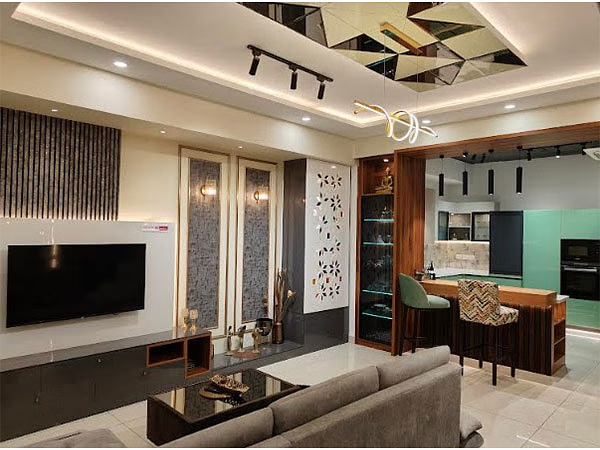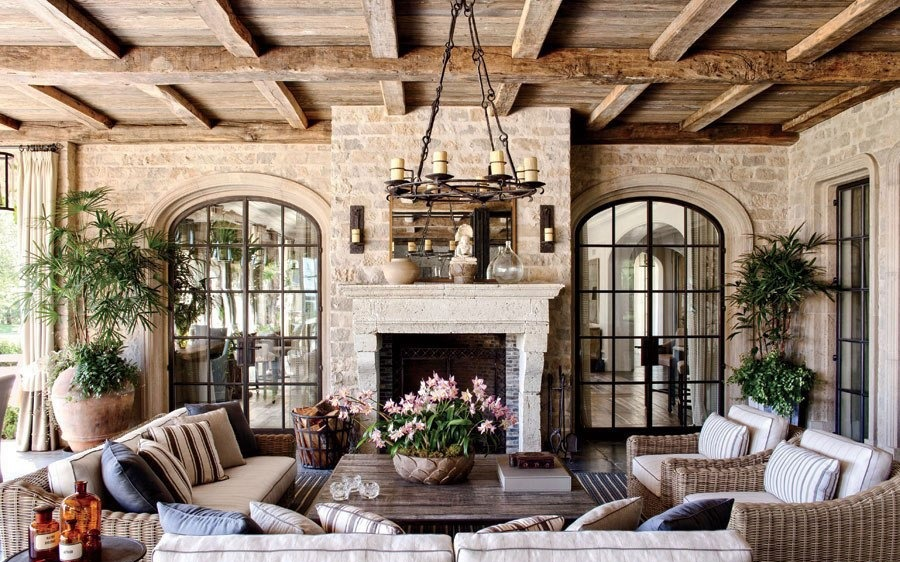When it comes to painting your walls, the type of paint finish you choose does much more than define the look of a room. It also plays a significant role in the durability of your walls and their ability to handle wear and tear over time. From matte to gloss finishes, each has its unique characteristics, making certain finishes more suitable for specific spaces and needs.
This blog will explore how paint finishes impact wall durability and help you pick the right one for your home.

Different Types of Paint Finishes
Paint finishes primarily differ in their sheen and texture, which influence how well they stand up to cleaning, moisture, and daily life.
Here’s a breakdown of common finishes and how they affect durability:
1. Matte Finish
Matte paints are known for their velvety texture and ability to hide wall imperfections like cracks or dents. However, they are not the most durable option. While great for low-traffic areas like bedrooms or ceilings, matte finishes can be tricky to clean. Stains and smudges tend to stick, requiring touch-ups rather than simple wiping.
2. Eggshell Finish
Eggshell offers a subtle sheen and slightly more durability than matte paint. It works well in moderate-traffic areas such as dining rooms or living rooms. It’s easier to clean than matte finishes, but it still isn’t the best choice for spaces exposed to constant wear or moisture.
3. Satin Finish
Satin finish strikes a balance between sheen and durability. It features a smooth, soft finish and can handle some cleaning, making it ideal for spaces like kitchens and hallways. While it shows imperfections slightly more than matte or eggshell finishes, its durability and versatility make it a popular choice for family homes.
4. Semi-Gloss Finish
Semi-gloss is a highly durable and moisture-resistant option, making it perfect for high-humidity areas like bathrooms and kitchens. It offers a noticeable shine and can withstand repeated cleaning, making it ideal for kids’ rooms or areas exposed to fingerprints, spills, and splashes. However, it’s worth noting that semi-gloss paints highlight imperfections on the wall surface.
5. Gloss Finish
Gloss finishes are the most durable and reflective of all. They are often used for trim, doors, and cabinets rather than walls. Gloss paint resists scratches and stains, and cleaning is a breeze. However, like semi-gloss, it emphasizes wall imperfections, so it’s best applied to smooth, flawless surfaces.
Tips for Choosing the Right Finish
Choosing the right finish can make a big difference in wall durability and the overall ease of maintenance. Here are some tips to help you decide:
- Consider the Room Type: For high-traffic spaces like hallways and kitchens, opt for satin or semi-gloss finishes that can withstand frequent cleaning. Matte or eggshell works well in bedrooms or living areas with minimal exposure to dirt and moisture.
- Assess Wall Condition: If your walls have visible imperfections, avoid gloss or semi-gloss finishes, as they tend to magnify flaws. Matte or eggshell will do a better job of masking uneven textures or small cracks.
- Account for Maintenance Needs: Gloss and semi-gloss finishes are ideal for homes with children or pets, as they are more resistant to scratches, stains, and moisture.
- Balance Aesthetics and Practicality: While gloss finishes might not suit a cozy living room’s atmosphere, they’re perfect for trim or accent areas where durability is key.
Conclusion
Paint finish selection isn’t a decision to take lightly. It impacts not only the look of your space but also how long your walls maintain their pristine appearance and how much upkeep they’ll require. Balancing aesthetics with durability ensures your paint not only beautifies your home but also holds up to daily life.

